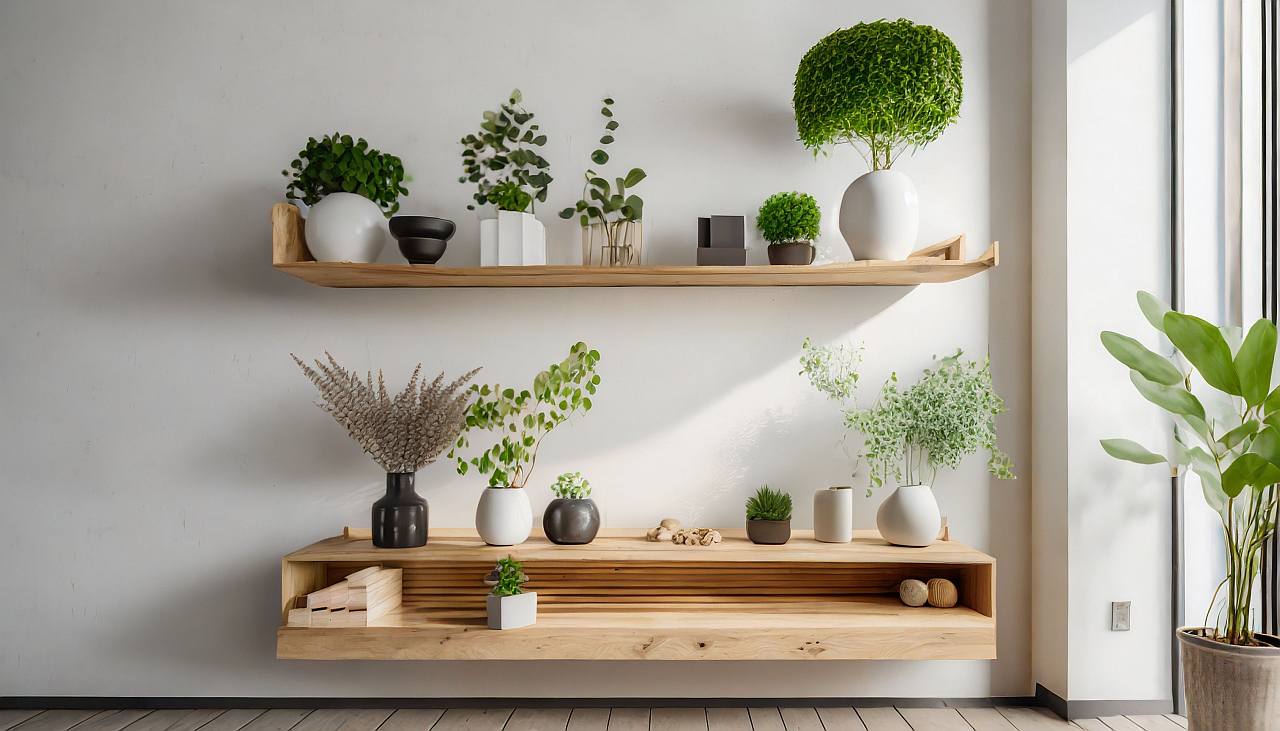Discover the power of biophilic interior design to create calm, healthy, and inspiring living spaces. Learn how to connect with nature through design elements like plants, natural materials, and natural light.
Biophilic Design: What is it?
Are you craving a deeper connection with nature? Biophilic interior design might be the answer. This design philosophy harnesses our innate love of the natural world to create spaces that promote well-being, productivity, and creativity. Biophilic design brings the outdoors in by incorporating elements like plants, natural light, and organic materials, transforming your home into a serene oasis. In this blog post, we’ll explore the principles of biophilic design, its benefits, and practical tips for incorporating it into your own living space. Let’s explore how nature can enhance your everyday life and transform your home into a modern, organic living space!
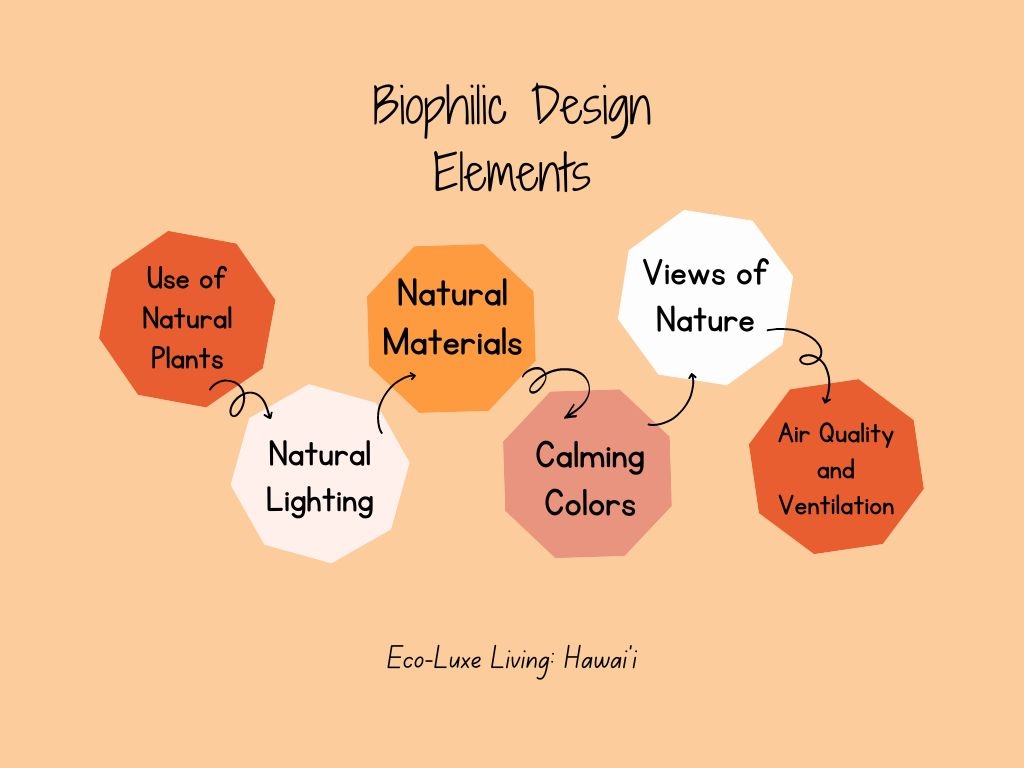
Bringing the Outdoors In: The Power of Plants
One of the most impactful ways to incorporate biophilic design into your home is through the strategic use of plants. Plants not only purify the air and add a touch of life to your space, but they also profoundly affect our mental and emotional well-being.
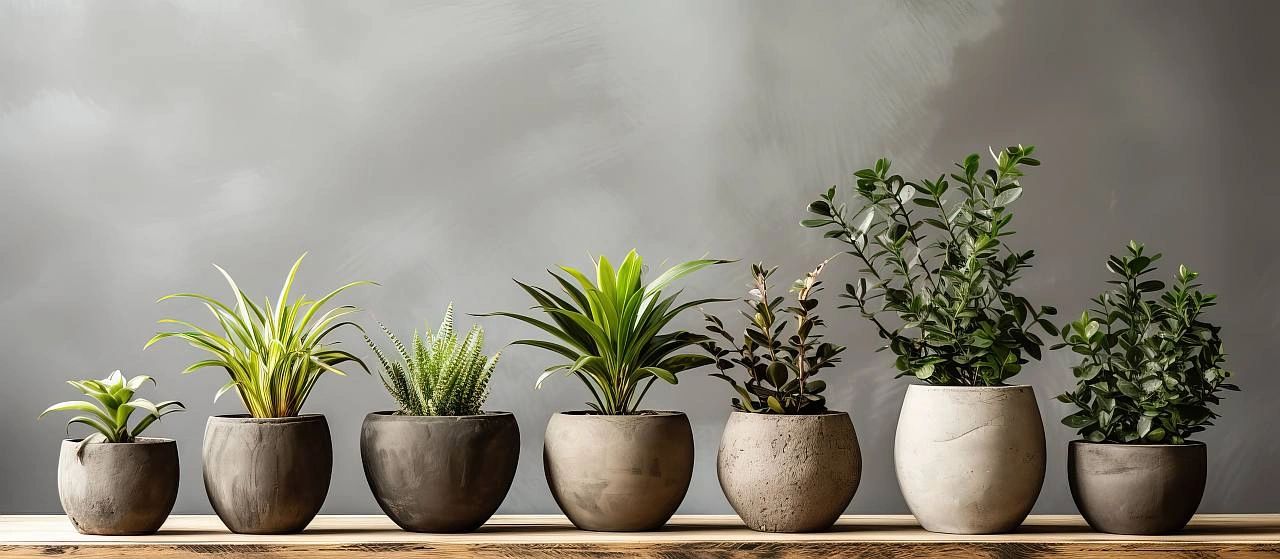
- Improve Air Quality: Many indoor plants are natural air purifiers, removing toxins and increasing oxygen levels by as much as 75%.
- Boost Mood: Studies have shown that interacting with plants can reduce stress, anxiety, and fatigue while improving mood and concentration.
- Connect with Nature: Even a small potted plant can create a sense of connection to the natural world, bringing a calming and grounding energy to your space.
When selecting plants, consider factors such as light conditions, space availability, and your personal preferences. Low-maintenance options like snake plants, pothos, and peace lilies are great for beginners, while those with a green thumb might enjoy the challenge of caring for more delicate varieties. Remember, the goal is to create a thriving ecosystem that complements your interior design and enhances your overall well-being.
Harnessing the Power of Natural Light
Sunlight is essential for life, and we are biologically tuned to respond to its rhythms. Incorporating natural light into your interior space is a cornerstone of biophilic design.
- Improved Mood and Well-being: Exposure to natural light helps regulate our circadian rhythm, promoting better sleep, increased energy levels, and an overall sense of well-being.
- Enhanced Productivity: Studies have shown that workers in naturally lit offices experience increased productivity, creativity, and job satisfaction.
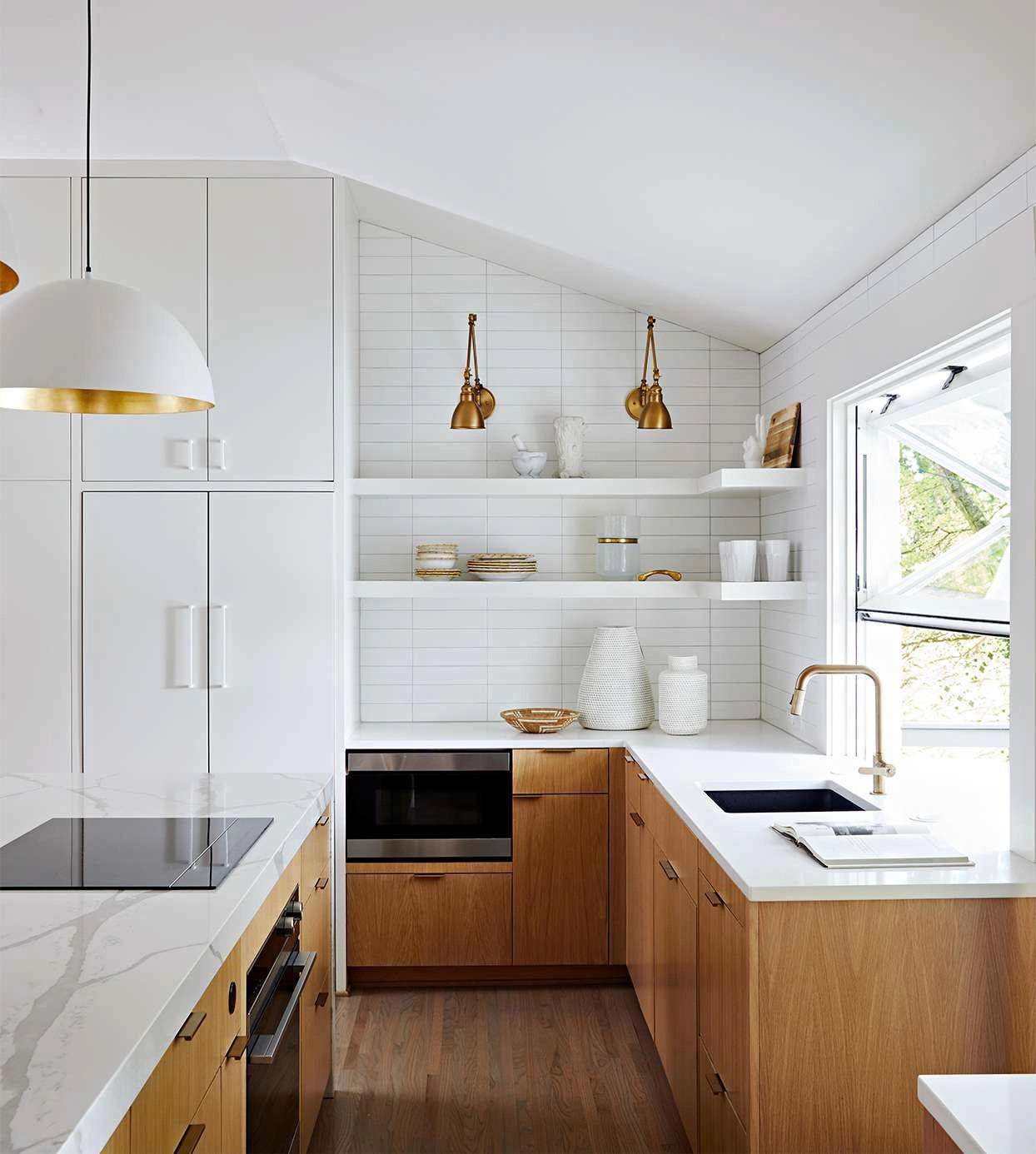
- Vitamin D Synthesis: Sunlight is crucial for the production of vitamin D, essential for bone health and immune function.
To maximize the benefits of natural light, prioritize window placement, consider using light-colored walls and furnishings to reflect light, and incorporate skylights or light tubes if direct sunlight is limited. Remember to balance natural light with privacy and glare control to create a comfortable and inviting space.
Natural Materials: Grounding Your Space
Biophilic design goes beyond just plants and light. It’s about incorporating the very essence of nature’s materials into your home. Natural materials bring a sense of warmth, texture, and authenticity to a space, fostering a deeper connection with the outdoors.
- Earthy Beauty: Wood, stone, rattan, and bamboo offer a timeless elegance and a sense of organic beauty that complements various design styles.
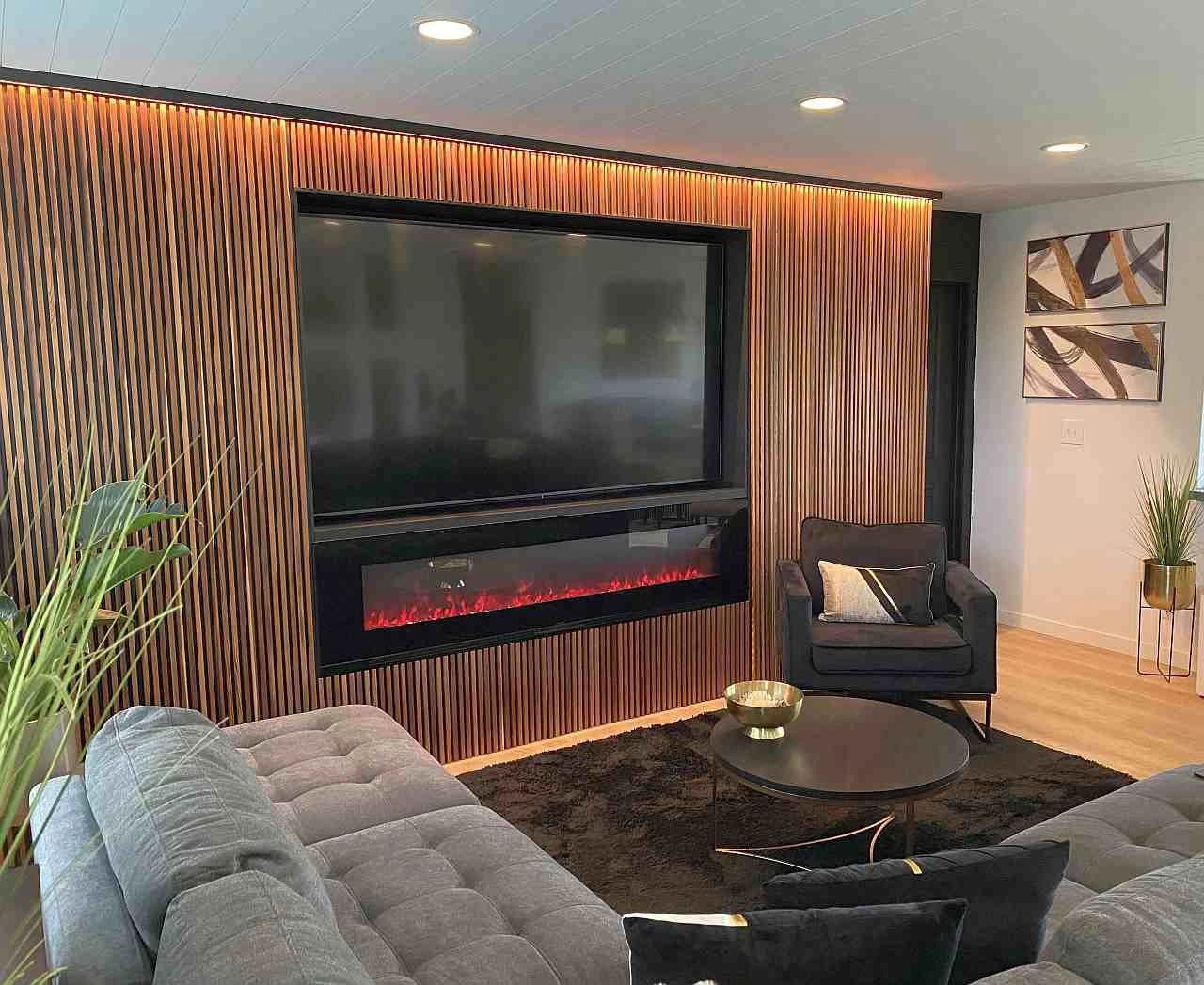
- Tactile Connection: Natural materials engage our sense of touch, providing a grounding and calming experience. The smooth texture of stone or the warmth of wood adds a layer of sensory richness to your space.
- Durability and Sustainability: Many natural materials are known for their longevity and eco-friendliness. Choosing sustainably sourced wood, stone, or recycled materials allows you to create a biophilic haven while minimizing your environmental impact.
Consider incorporating natural materials in various ways:
- Flooring: Opt for hardwood floors, stone tiles, or woven rugs made from natural fibers like sisal or jute.
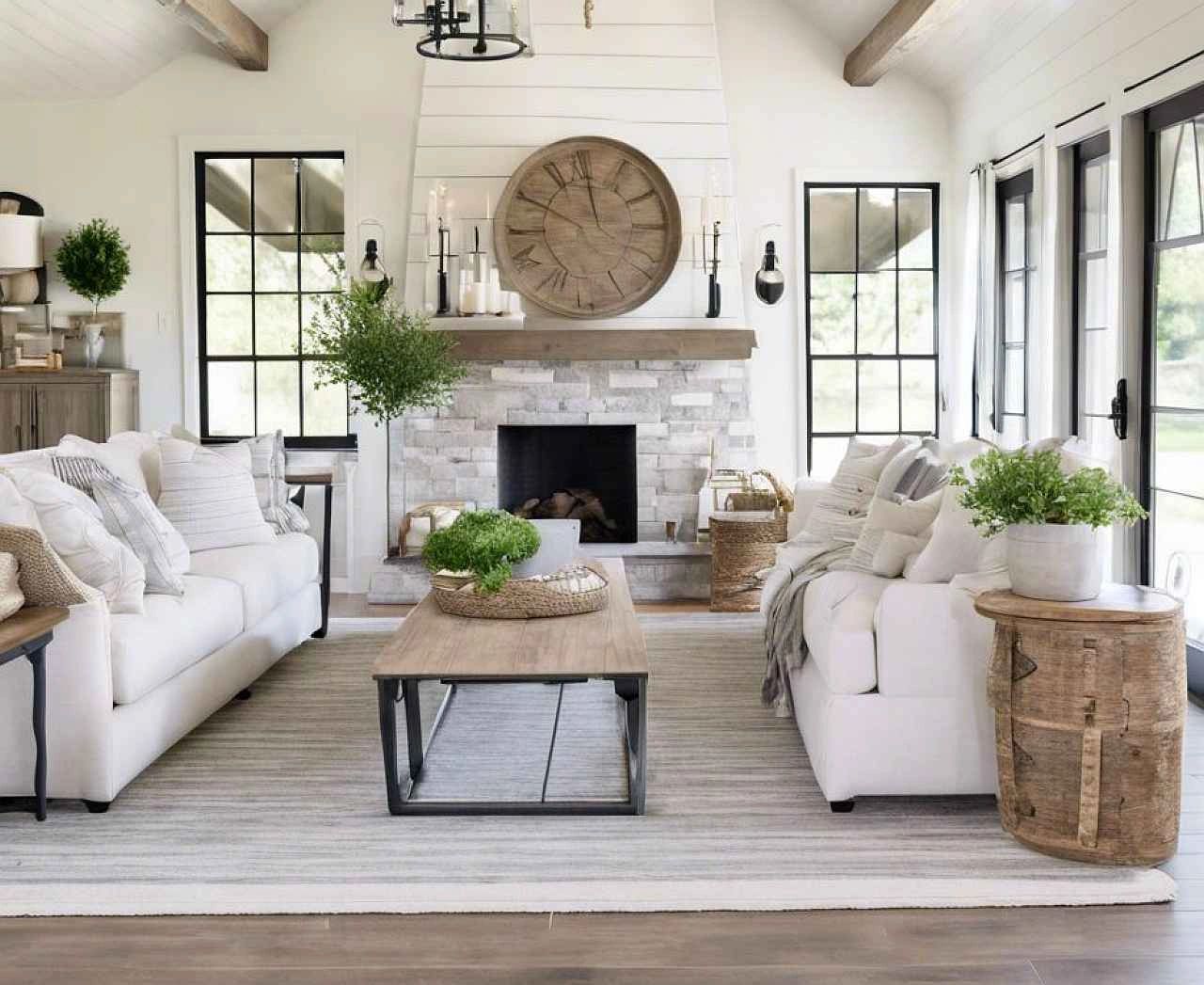
- Furniture: Invest in pieces handcrafted from solid wood or natural fibers like wicker or rattan.
- Accents: Add woven baskets, wooden sculptures, or decorative stones to introduce texture and visual interest.
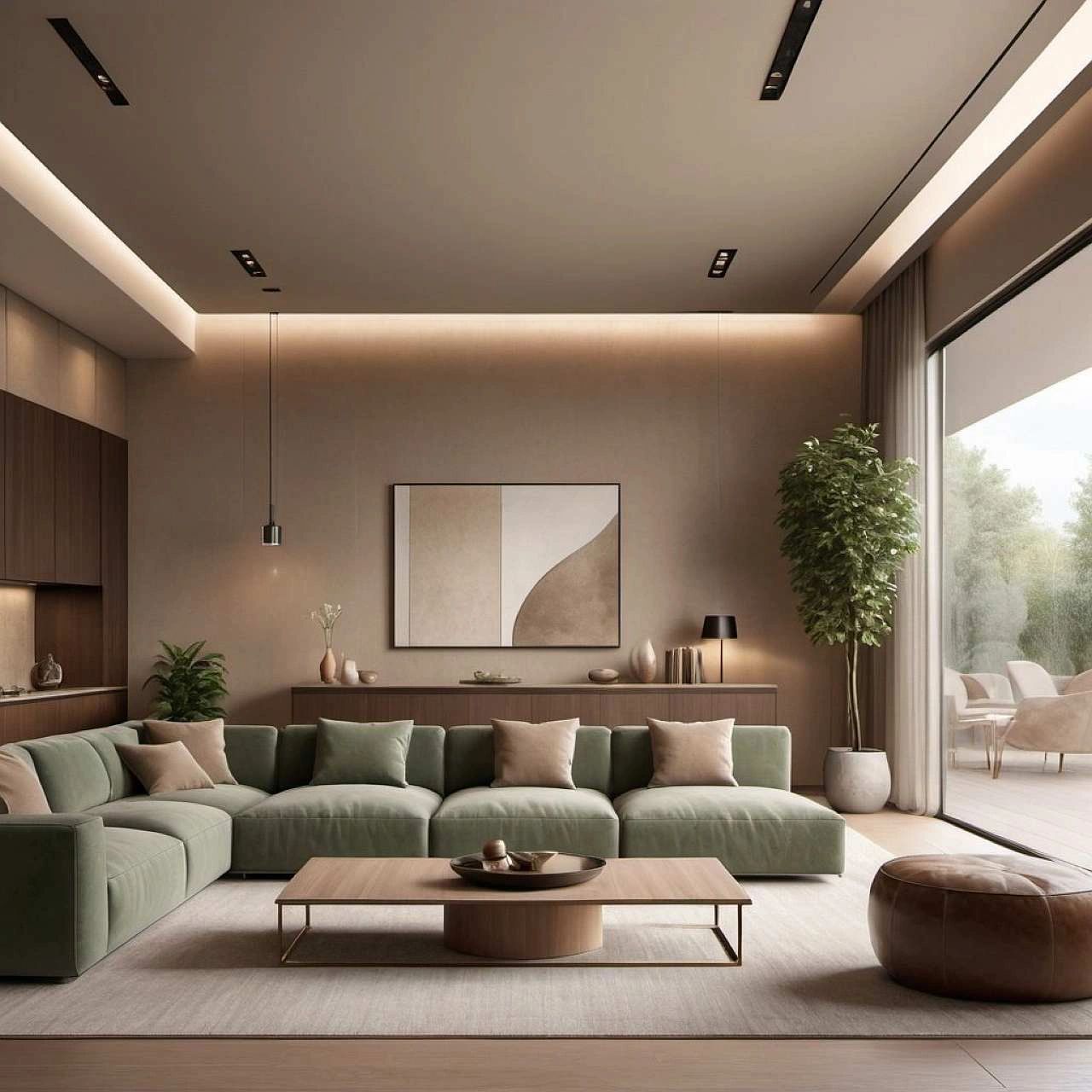
By integrating natural materials thoughtfully, you can create a space that feels grounded, inviting, and deeply connected to the natural world.
Conclusion
Biophilic design offers a compelling approach to interior design, fostering a connection with nature that enhances our well-being and creates a more calming and inspiring environment. From the air-purifying power of plants to the mood-boosting effects of natural light and the grounding presence of natural materials, biophilic principles can be incorporated into any space, regardless of size or style. Whether you’re seeking a complete home renovation or simply refreshing a corner of your living space, biophilic design offers a path to create a haven that reflects the beauty and serenity of the natural world.
Ready to explore more ways to create a luxurious and eco-conscious home? Head over to our other blog posts at Eco-Luxe Living: Hawai’i for inspiration on sustainable design, eco-friendly materials, and creating a home that reflects the unique beauty of our island paradise.
As always, mahalo for joining us!


